A Sequence Of Primitives
- Clara Schroeder

- Aug 21, 2020
- 5 min read
Updated: Sep 2, 2020
Statement of Intent:
Through this animation, I intend to bring awareness to and educate the viewer about how human intervention is detrimental to our ocean’s ecology. Over the past few years, the fragility of our natural world has become more and more apparent to me. Seeing the impacts of climate change and non-sustainable practices has given me a passion to spread awareness and fight to conserve Te Ao Mārama (the natural world).
In this project, I aim to create an animation illustrating that 40 per cent of the ocean is heavily affected by pollution among other human activities. I intend to create a visual, tactile and emotive experience for the viewer to connect with on multiple sensory levels. Additionally, I wish to emphasise the devastation our ocean faces and the need to conserve our environment. I hope the message of my narrative resonates with the viewers and urges them to reflect on how they can do their part to foster a more sustainable lifestyle.
Process:
The brief I worked with instructed us to; code an animation featuring primitive forms to construct a narrative around a United Nations Sustainable Development statistic.
The Sustainable Development Goal I chose to focus on is Goal 14: Conserve and sustainably use the oceans, seas and marine resources for sustainable development. In particular, I decided to create a narrative around the statistic
40 percent of the ocean is heavily affected by human activities (including pollution, depleted fisheries, and loss of coastal habitats).
Ideation:
Whilst creating ideations for the narrative, I incorporated a key element into the overall design by primarily using circles to represent the water. Not only did this give my designs an organic feel; additionally, the circles represent individual water molecules on the ocean's surface. Therefore, by changing the circle fill colour from white to a black or grey hue, I can visually illustrate pollutants tainting the clean, white water.
During the ideation process, I created seven designs. I then presented these to my friends who picked their favourite narratives, especially those which were both visually appealing and clearly portrayed my statistic. Overall their favourite narratives were numbers four and five because these not only incorporated the ocean but also included the source of pollution from the shoreline. For my final ideation, I decided to merge these two narratives. I believe the final sketch has an good fusion of artistic craft and statistical clarity.

My final ideation is a bird's eye view of waves made from several circles lapping into the shore. The waves pick up pollution, and the circular water molecules are contaminated by turning black. The statistic '40 per cent of the ocean is heavily affected by pollution' fades to black as the water molecules become polluted to emphasise the narrative's message and create greater clarity about the meaning of the narrative.
Reflecting on the ideation process, I have come to appreciate the importance of sharing my work and asking for help to create the best outcome possible. A second pair of eyes can be invaluable to drawing deeper insights and exploring new opportunities.
Coding:
Coding the animation was a challenge for me. The world of Java seemed like a bundle of string, and I was given the task to unravel it. Initially, I explored sketches I had found online which shared elements of what I wanted to achieve and played around with manipulating that code. This was an excellent way to grasp how code is structured and the intricacies of different function types.
By referencing these code sequences, I pieced together a script of my own and incorporated key elements with the help of my classmate Jordan who guided me through several foundational components.

1. I established the basic movement of the circle in a wave-like manner.

2. After receiving feedback from my peers, I placed the circles to form three lines of breakers which oscillate to mimic the formation of several waves coming into the shoreline. I created some variation in the circle sizes to make the wake line more dynamic.

3. I then added a fade 'if' statement, which I applied to 40% of the circles and timed to match the 'waves' sweeping back from the shore. This step was crucial to representing my statistic within the narrative and showing the water become polluted.
Additionally, I created some text to write out my statistic and used the fade statement to make the text appear as the waves sweep into shore.

4. After consulting with my lecturers, we decided to add more circles into the breaker lines to create a more realistic feel to the waves.
During this step, I made sure to re-assign 40% of the circles to fade to black to stay consistent with the statistic.

5. My lecturers also suggested that I experiment with typography. Specifically, the front and placement of my text so to not overpower the wave animation. Seen above are my explorations of these elements.
Final Animation:
My final animation shows a bird's eye view of three waves made from several circles lapping into the shore. The waves pick up pollution, and the circular water molecules become contaminated as they sweep out from the beach. The statistic '40 per cent of the ocean is devastated by pollution' appears in a thin font into the frame as the water molecules turn black to emphasise the narrative's message and create greater clarity around the narrative.

Reflection:
I think that the final animation successfully conveys the themes within my statement of intent, I am proud of my work, but I can also see areas of the animation which I would like to refine. If I had more time, I would like to create a denser ocean surface with more circles to cover the waves, and I would like to further refine my choice in typography and placement of the text to create a more sleek look.
In reflection, this assignment has not only taught me basic coding skills but has also given me the courage to reach out to my peers and learn from their expertise. I am very grateful for Jordan taking the time to teach me these skills. Moreover, this type of learning has been highly rewarding as I find a lot of satisfaction in making something by hand. That feeling of finally having achieved the result I want after hours of work is incredibly fulfilling and strong encouragement to continue to challenge myself.
Code Snippet:
Below is the code I created with the help of Jordan to make the circles fade and change colour, and make the text fade in.
float startFrame = 200; //frame at which dots start to fade
int colour=249; //or 250
int colour1=50;
int count;
int textEndColour=250;
void draw() {
count=frameCount;
// making the dots fade in
if (count>= startFrame && colour!=0) { // set dots to hold 'pollution' colour
colour=colour-3; // or if int colour=250 then colour 1,2,5,10
}
// fade in text
if (count>= 170 && colour1!=textEndColour) { // set text to hold
colour1=colour1+1; // or make it fade in faster using 2,5,10
}



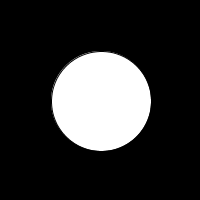
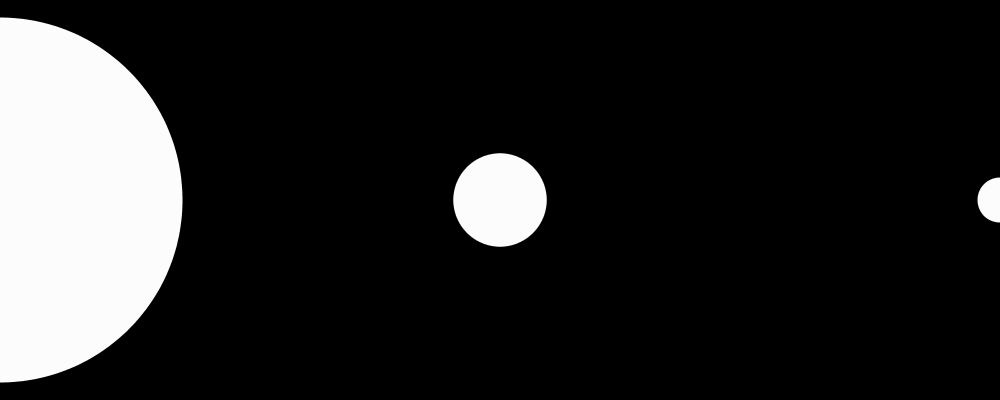
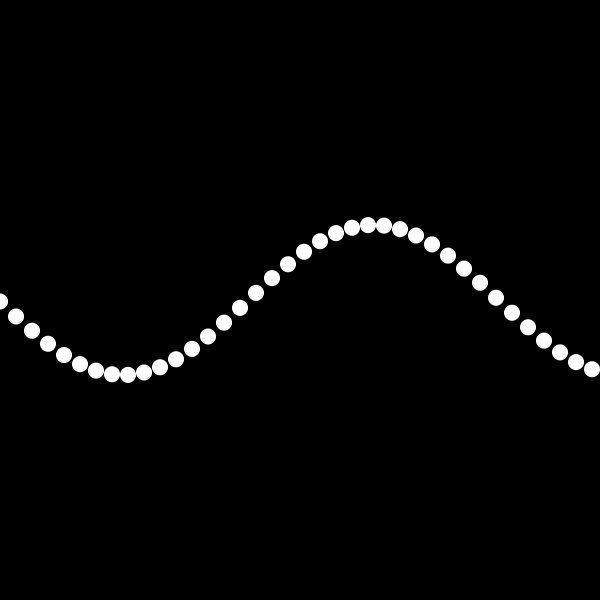
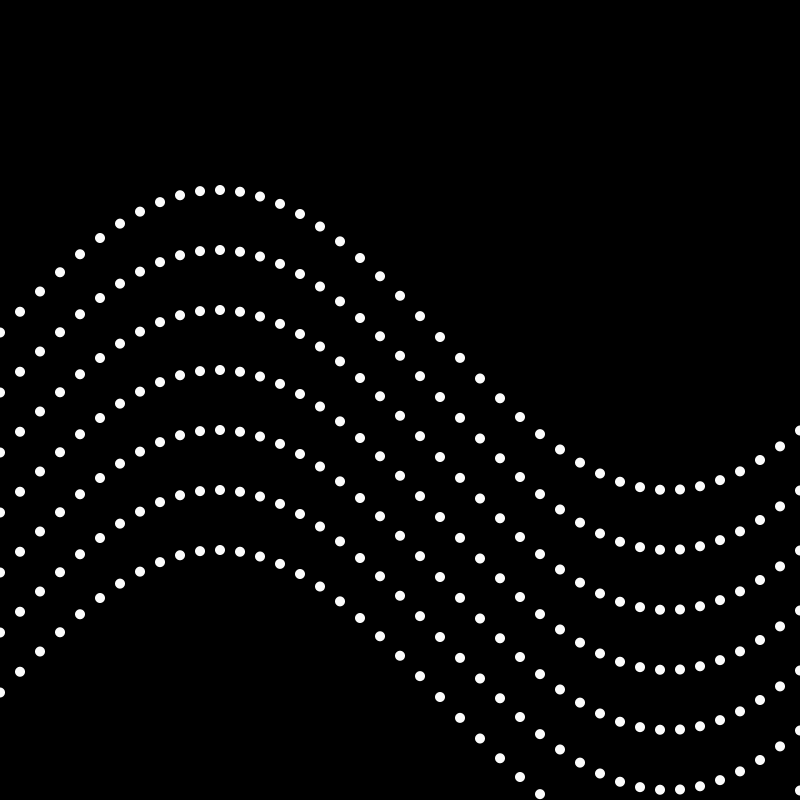
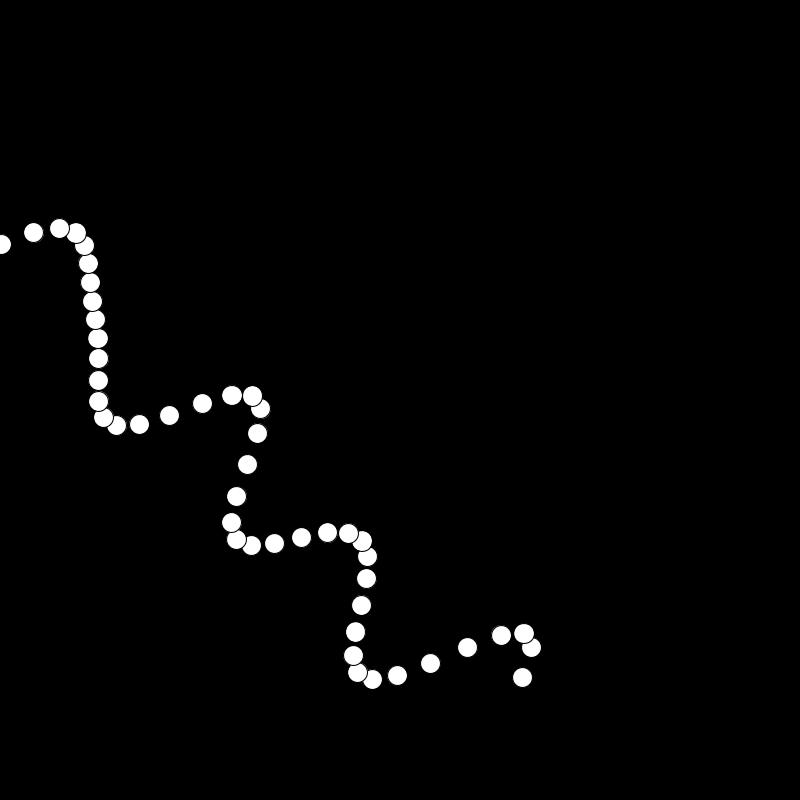


Comments